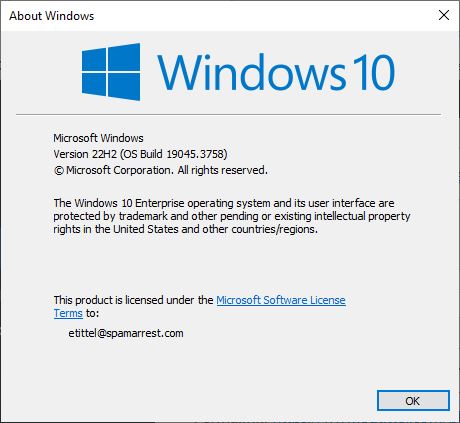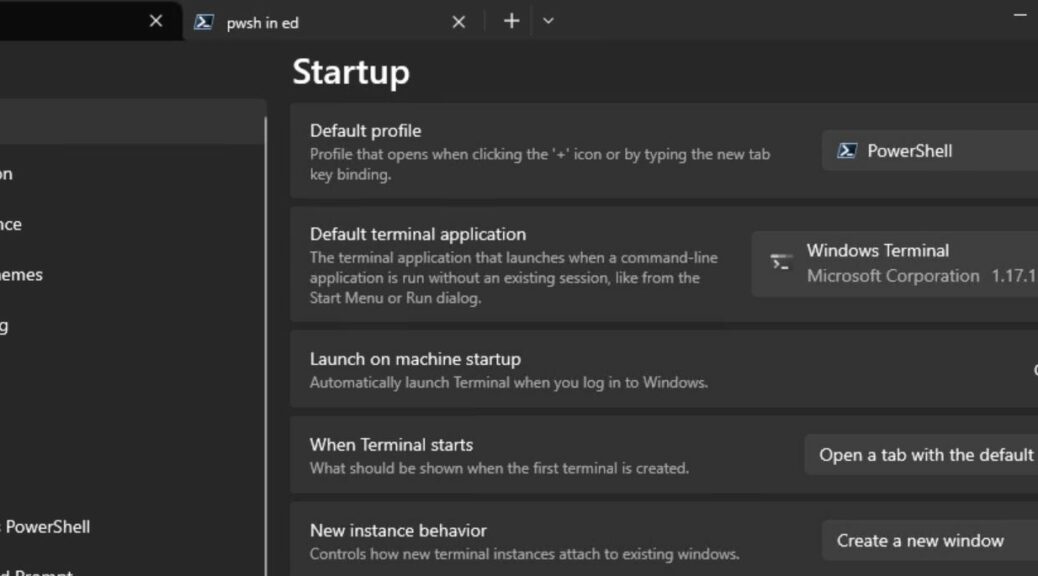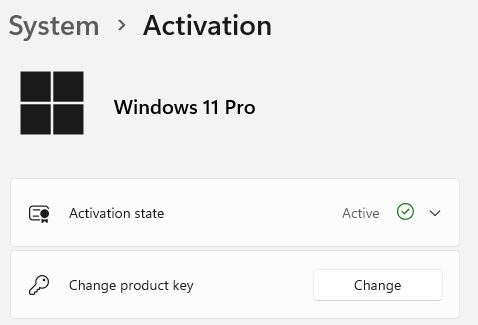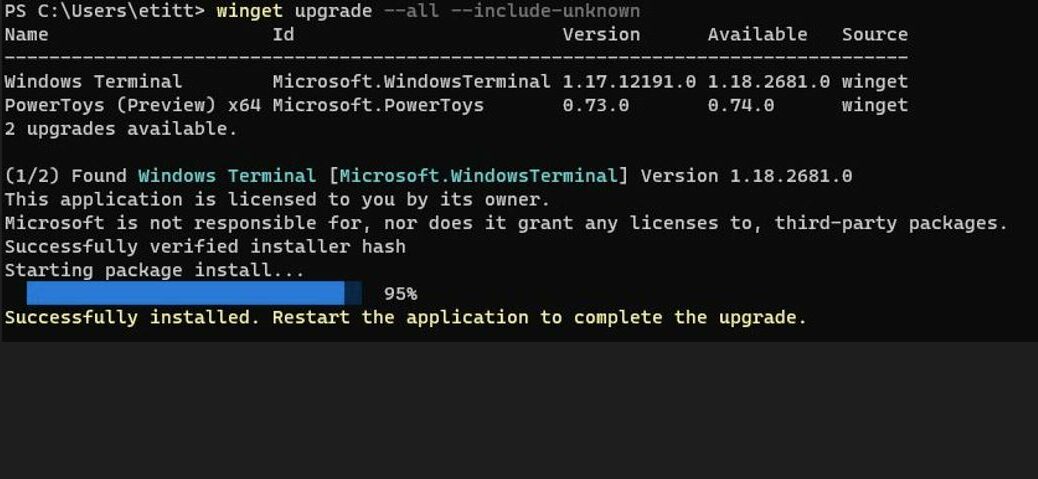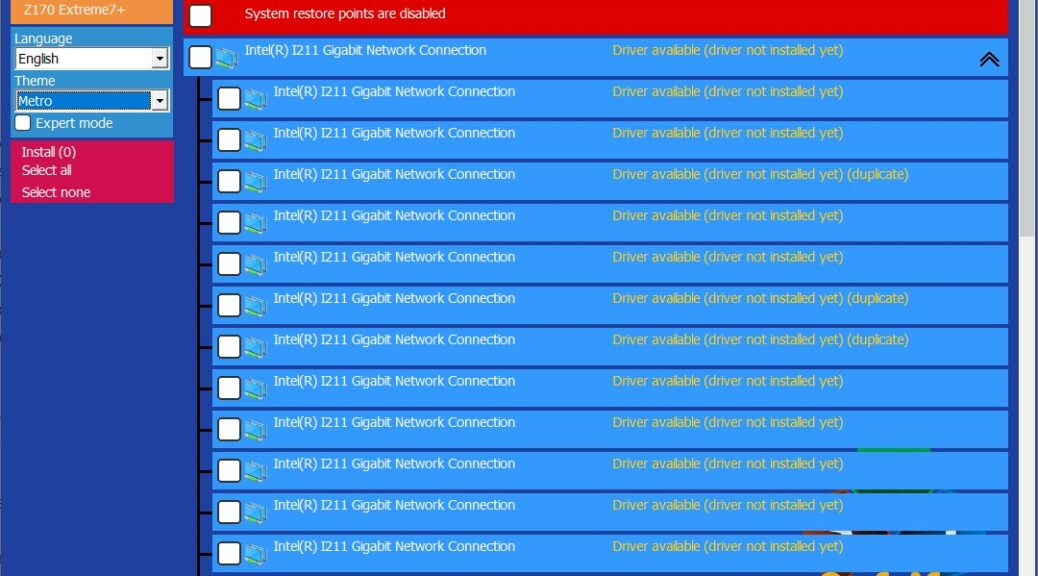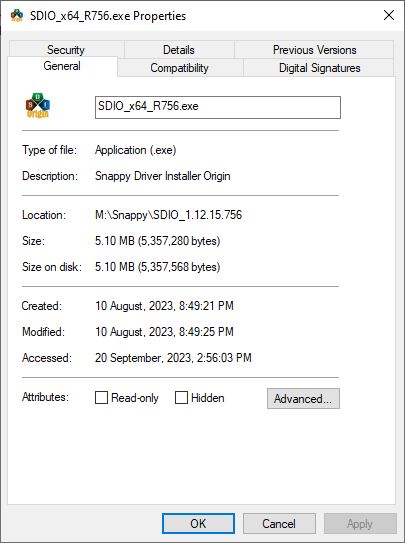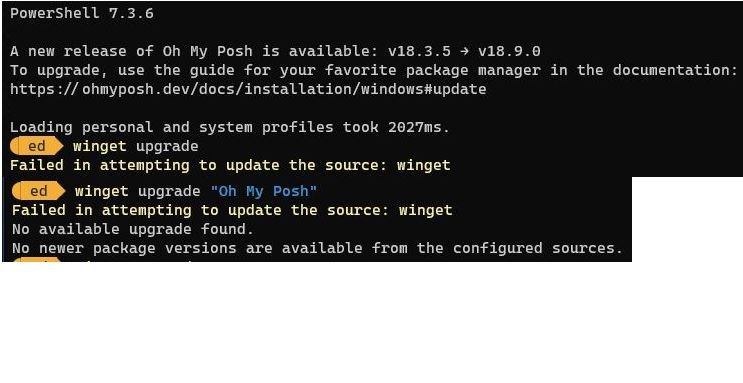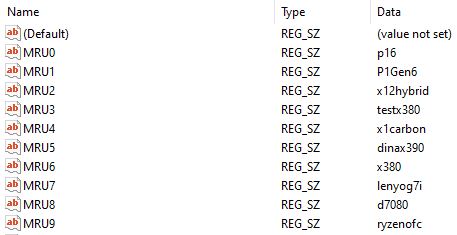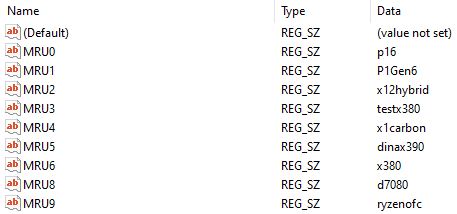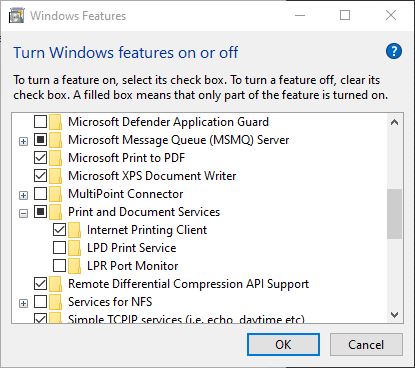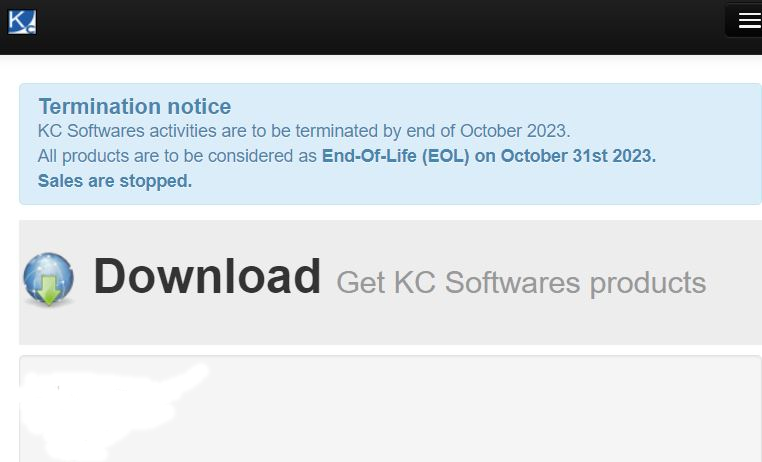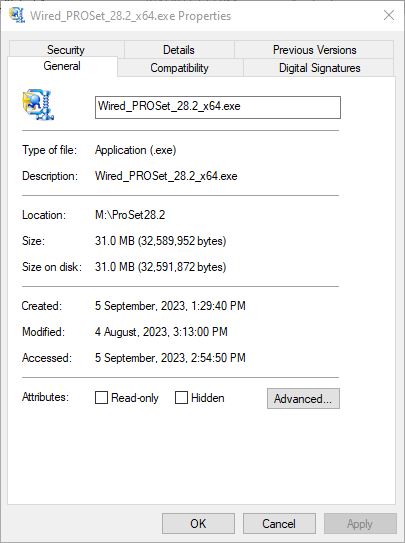Dang! I’d have to call my desktop experience “a swing and a miss.” I jumped on the KB5023378 Preview update, expecting to get Copilot out of that amendment. Wrong! Among the first words in the afore-linked update Support note, key Windows 10 Copilot limitations emerge. This includes this scoping statment: “This [Copilot addition] only applies to devices that run Home or Pro editions…” (emphasis mine). As you can see from the lead-in graphic for reasons that are too long and tedious to explain, this PC is running Windows 10 Enterprise. Sigh.
Bitten By Windows 10 Copilot Limitations
Sigh. It just goes to show that my personal dark cloud hasn’t quit hovering in the vicinity. I’ve often observed that if MS slides an update out as a gradual release, my PCs are invariably in the rear guard. This is something of a spin on this all-too-familiar situation, but nontheless an amusing one.
Fortunately, my physical desktop is not the only Windows 10 image I can run. I just jumped over to the ThinkPad P16 Mobile Workstation where I have a couple of Win10 images from which to choose. My cleanest one (installed last week for an AskWoody column) is installing same right now. When it reboots, I expect to see a Copilot icon in the Taskbar. Here goes…
Overall, install time on a 4GB Gen2 VM was quick. The whole thing took under 3 minutes to download, install, then cycle through post-reboot update processing. Good stuff. But did I see Copilot on the Taskbar when it was all done? Nope.
I had to turn on and relaunch the VM to come back from the update reboot. And another reboot didn’t bring it up, either. Nor did a right-click in the Taskbar show a Copilot control. No Copilot item under Settings → Personalization, either. Very interesting. I’m obviously going to have to learn more to get Copilot working on my Windows 10 Pro VMs. Should be fun: stay tuned!
That Old Familiar Sensation
I see in the Windows Latest coverage (Mayank Pamar) that “Microsoft has also warned that the feature may not be available on devices with compatibility issues, including devices with an incompatible app.” Why do I get the feeling that includes either my ThinkPad P16 Mobile Workstation or its Hyper-V runtime environment for my 2 Windows 10 VMs on that machine?
Note Added December 6: Maybe I should be grateful none of my Win10 PCs got Copilot? I’m seeing numerous reports that MS has put updates for both 10 and 11 on hold because of Copilot issues. I guess waiting is better than troubleshooting problems of Microsoft’s making. Isn’t that just the way things go here in Windows-World?
